Gwalia Lightning took the spoils and the bragging rights with a 38-7 win in a compelling and entertaining first Welsh derby of the new expanded Celtic Challenge at Cardiff Arms Park on Saturday afternoon.
The Lightning racked up a bonus…
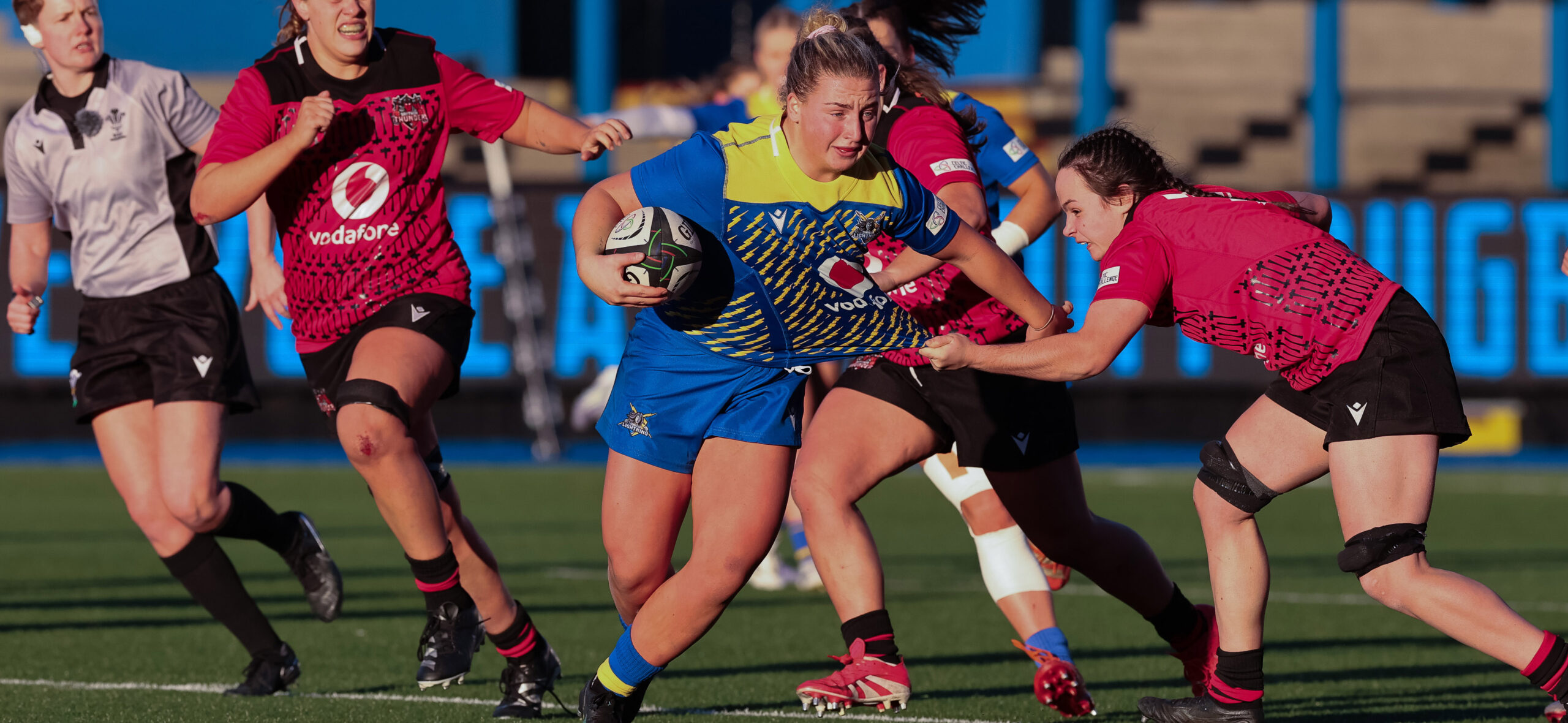
Gwalia Lightning took the spoils and the bragging rights with a 38-7 win in a compelling and entertaining first Welsh derby of the new expanded Celtic Challenge at Cardiff Arms Park on Saturday afternoon.
The Lightning racked up a bonus…

A large commercial flock of poultry will be culled after bird flu was discovered at a farm in Worcestershire.
The Department for Environment, Food and Rural Affairs (Defra) said the H5N1 virus had been found in the flock near Alvechurch,…

Under the patronage of His Highness Sheikh Hamdan bin Mohammed bin Rashid Al Maktoum, Crown Prince…
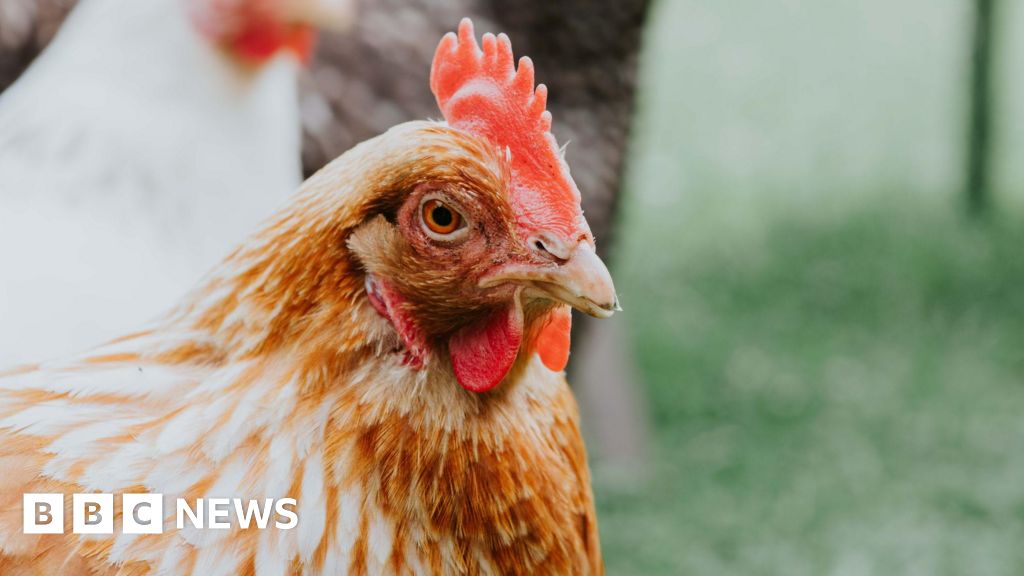
A large commercial flock of poultry will be culled after bird flu was discovered at a farm in Worcestershire.
The Department for Environment, Food and Rural Affairs (Defra) said the H5N1 virus had been found in the flock near Alvechurch,…
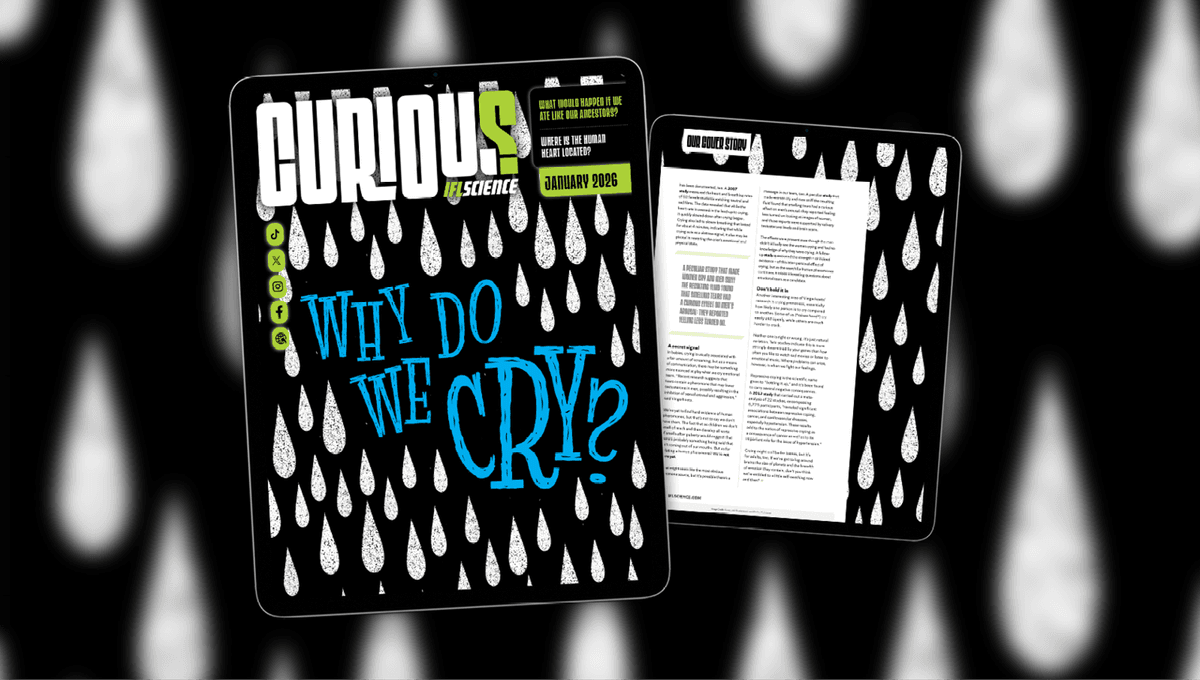
Issue 42 (January 2026) of CURIOUS is out now, bringing you science highlights for the month plus deep dives into intriguing topics, interviews, exclusives, diary dates, and explanations for some of Earth’s most perplexing natural phenomena and…
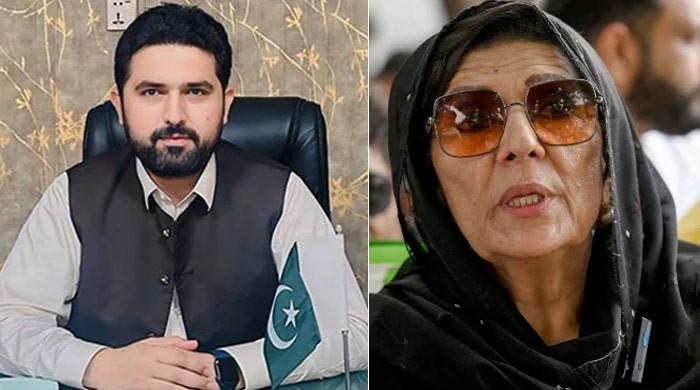
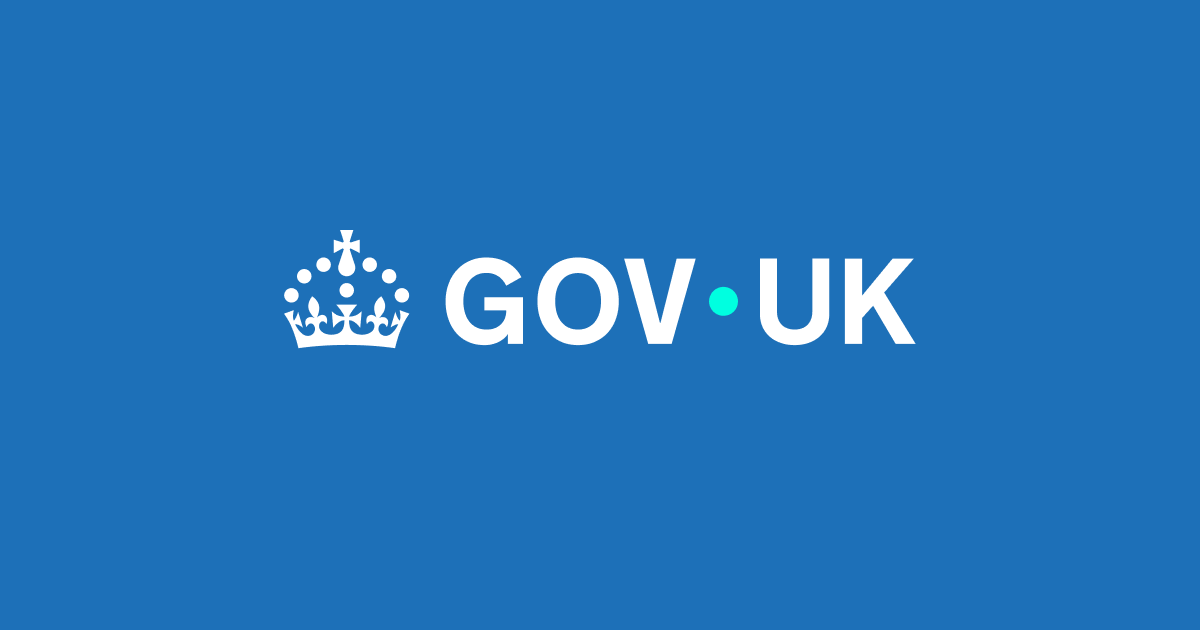
Military artillery that can fire on the move and hit targets 70km away has been secured under a major £52 million contract between the UK and Germany.
The deal means the UK will receive a cutting-edge Early Capability Demonstrator (ECD) platform of the RCH 155, with two more going to Germany for joint testing.
This joint procurement demonstrates deepening defence cooperation between the UK and Germany under the Trinity House agreement signed in October 2024 – a landmark defence agreement that committed both nations to military collaboration.
RCH 155 is a long-term solution for the British Army’s Mobile Fires Platform requirement. Soldiers currently operate the 14 Archer artillery systems, which are the short-term replacement for the AS90 guns gifted to Ukraine.
The RCH 155 is mounted on to a BOXER armoured vehicle and it can:
Unlike traditional artillery that needs to stop and set up before firing, this system shoots while on the move, making it faster and harder for adversaries to target.
Minister for Defence Readiness and Industry, Luke Pollard MP said:
The British Army will soon have new artillery that can fire on the move. This builds on lessons from Ukraine enabling our Army to hit targets 70km away and move fast away from returning fire so they can fire again.
The war in Ukraine has demonstrated the importance of being able to fire rapidly and move, and it is such lessons that are informing our procurement decisions and helping us deliver on the Strategic Defence Review.
As part of the contract, the UK and Germany will share test data and facilities, ensuring both nations get world-class equipment. This means both nations are accelerating procurement timelines whilst reducing costs – delivering better value for taxpayers and enhanced capability for both Armed Forces.
Edward Cutts, Senior Responsible Owner of Mobile Fires in the Army, said:
This joint demonstrator programme exemplifies the strength and ambition of the Trinity House Agreement. By working hand-in-hand with Germany, we’re not only accelerating the delivery of world-class artillery capability for the British Army, but doing so more efficiently and cost-effectively than either nation could achieve alone.
The RCH 155 represents a step-change in mobile artillery – combining devastating firepower with the ability to rapidly reposition. This collaboration ensures our soldiers will be equipped with cutting-edge technology whilst strengthening the interoperability between UK and German forces that is vital to NATO’s collective defence.
The contract agreement supports the Strategic Defence Review – ensuring defence is an engine for growth in this parliament and supporting skilled jobs across the UK defence industry.
The deal strengthens military ties between the UK and Germany – vital for NATO’s collective defence as global threats on the world stage evolve.

The Happy Face asterism in Auriga will make you smile! This easy-to-enjoy grouping of stars lies near two gorgeous open clusters.
Travel…
The Balochistan Bar Council has strongly condemned the arrest of women protesters in Manjhoo Shori, describing it as a violation of Pakistan’s Constitution, laws, and international human rights standards. Chairman Rahib Buledi emphasized…

There’s nothing like a brand New Year to get us thinking about making a New Year’s resolution — plans, dreams and goals for the future – and 2026 is set to be a big one. Think major planetary shifts, bold new directions and next-level…